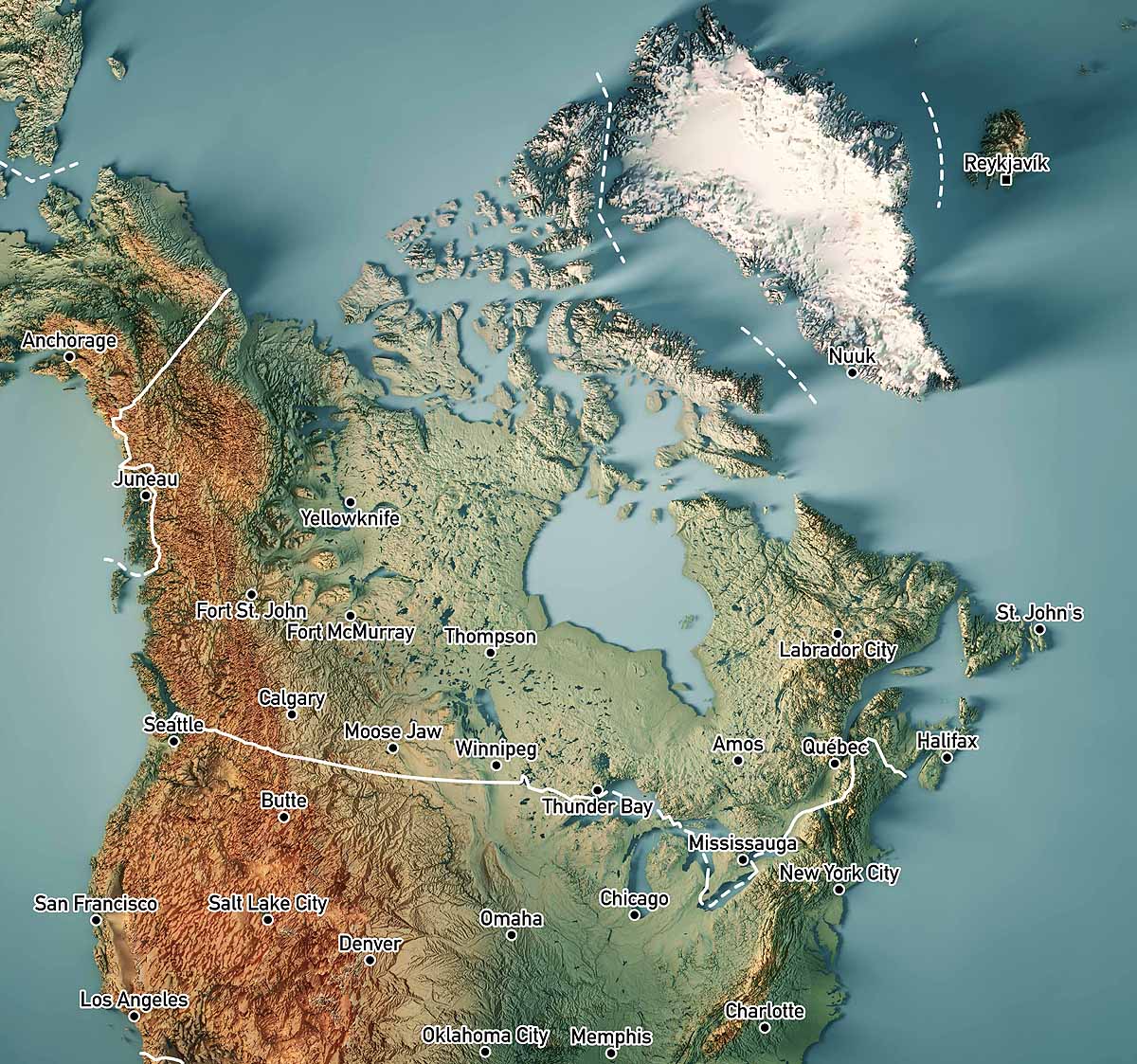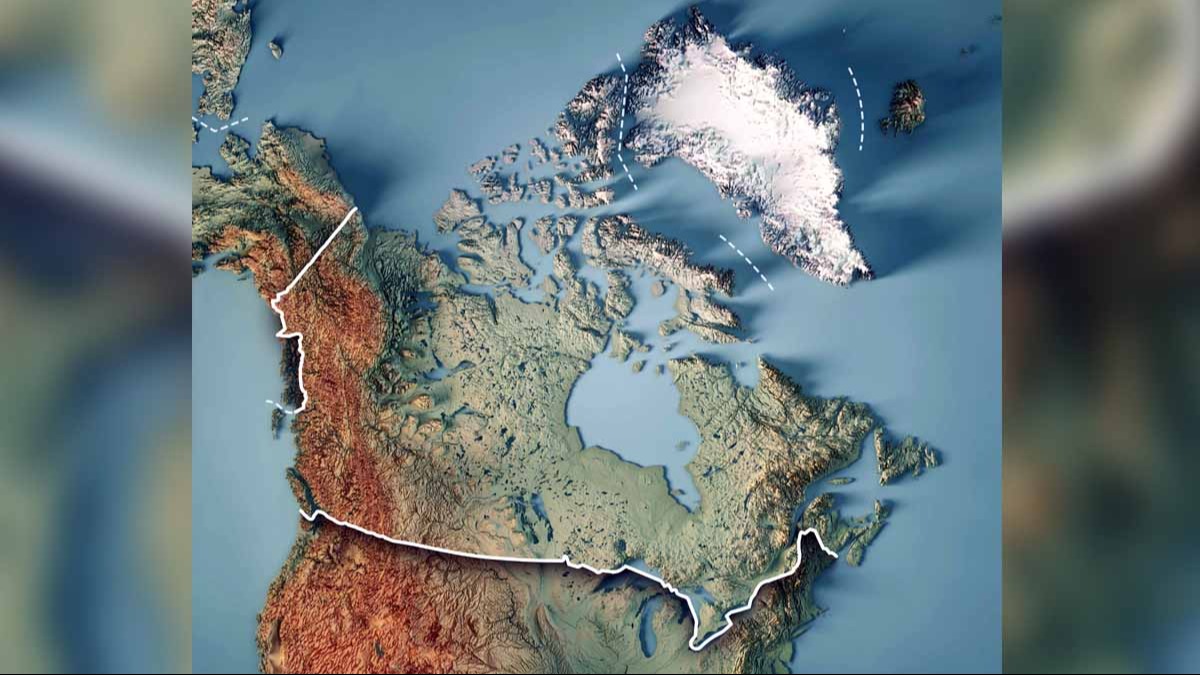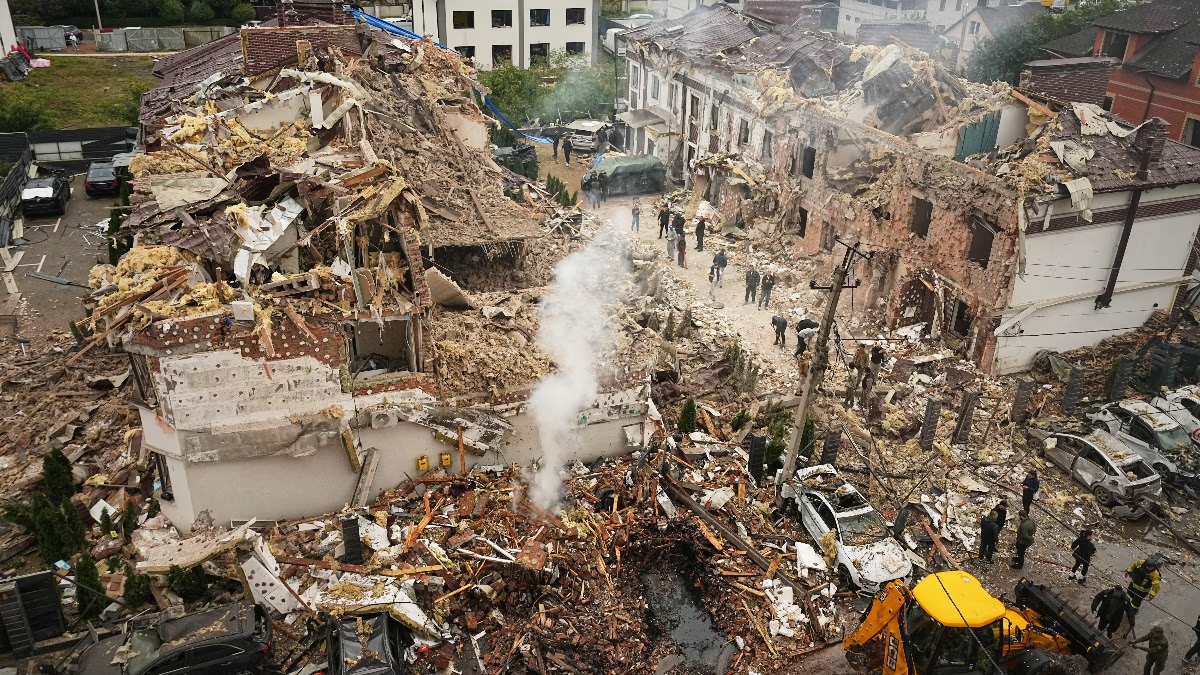An astonishing event unfolded at the beginning of this month near Vancouver Island off the coast of Canada in Victoria Harbor. In a span of 24 hours, around 2,000 earthquakes rocked the area, placing scientists on high alert because these quakes caused no property damage or injuries but indicated something potentially more menacing.
The epicenter for all these earthquakes was Endeavour Ridge, which lies about 240 kilometers from Vancouver Island and boasts a plethora of hydrothermal vents. These are spots where hot gases and lava are emitted from the ocean's floor, and this is exactly where the seabed is splitting apart.
Doctoral Candidate Joe Cross from the University of Washington explains that this area is branching off from a subduction zone, meaning one tectonic plate is sliding beneath another. Should this activity continue near the coast, it raises the possibility of stronger, more destructive earthquakes threatening Canada.

Source: aajtak
These earthquakes illustrate how the movement of the ocean floor aids in the construction and alteration of the Earth's crust, leading to the formation of long fissures and fault lines. As the mantle's trapped heat, in the form of magma, rises and cools, it forms a new layer of crust.
On March 6th, 2024, an alarming activity was monitored: every hour, around 200 tremors were detected, leading to a total of over 1,850 shakes throughout the day, shaking the scientific community to its core.




